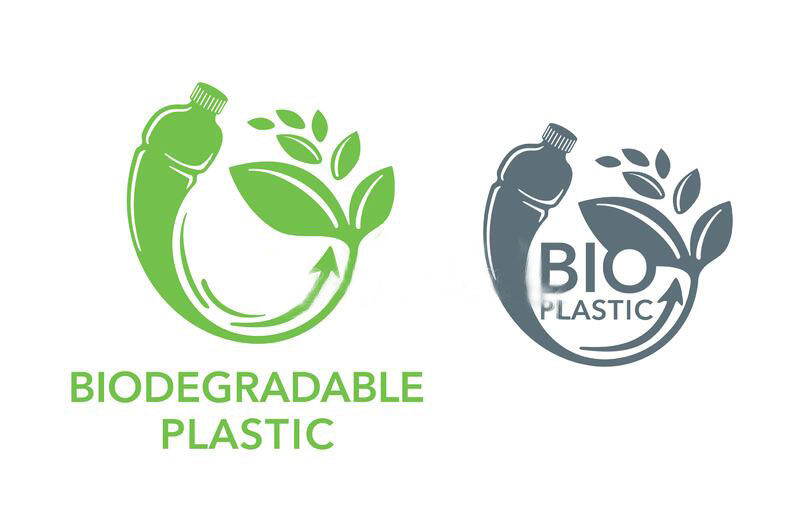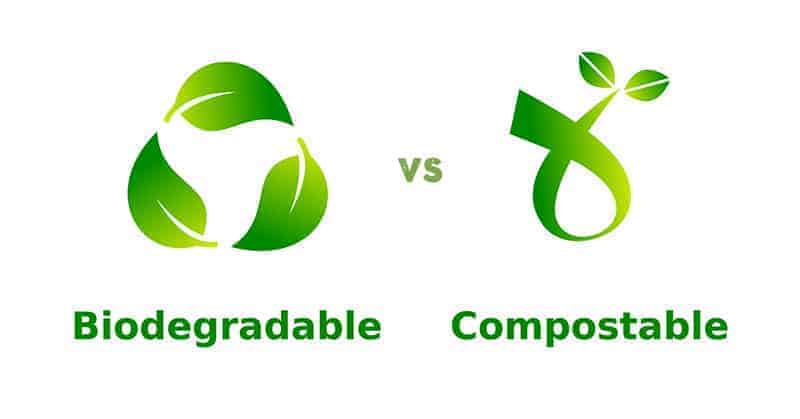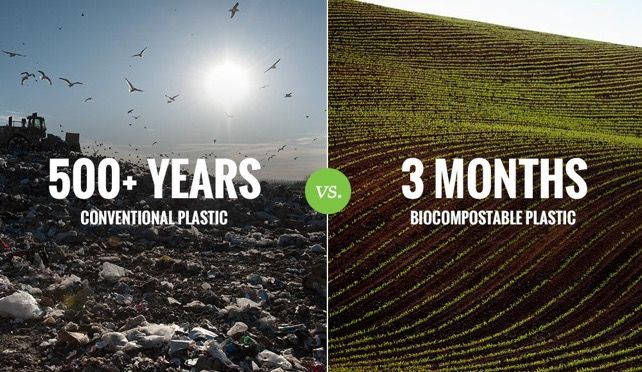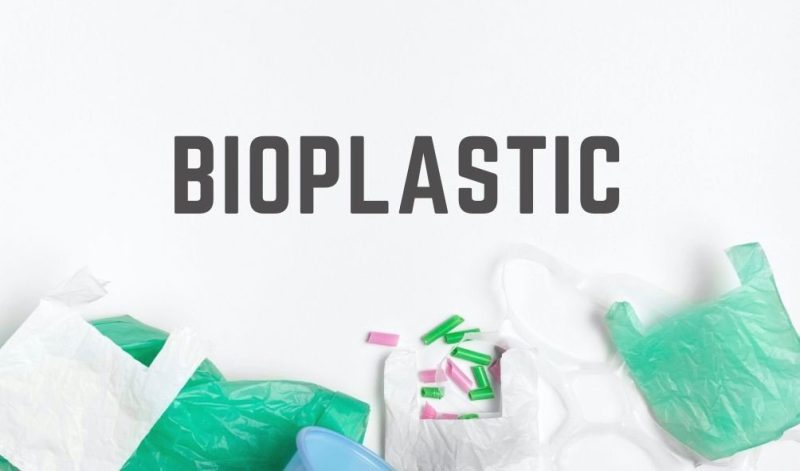We have seen a proliferation of biodegradable plastics made in recent years in response to global climate change.
Biodegradable materials come in many different forms, and of course, the one that everyone wants to know about is biodegradable plastic.
You can go into a good amount of grocery store chains nowadays and find packages that state that they are made with biodegradable plastics.
These basically have additives to plastic that allow them to break down at a rapid rate (compared to plastic with no additives) when exposed to ultraviolet rays, moisture, and heat.
These may only take three to ten years to fully degrade, and generally leave behind less harmful chemical residue, or none at all.
Then there are non-biodegradable plastics that may be referred to as bioplastics.
The idea behind them is to use ‘softer’ materials, or materials that are less harsh on the environment, to create plastic equivalents that meet the same versatility and durability as plastic in the major manufacturing world.
This creates around 60-75% less greenhouse gasses when the materials break down, which is better than standard lead and phthalate-based plastic, but only so much better.
Either way, there’s still a ton of garbage that’s decaying and adding to the environmental crisis.
Certain studies are being conducted to find rapid biodegradable materials that can be built into a plastic-like resin.
For instance, one recent advancement found a way to make a plastic out of red algae, which can be consumed after use—it’s that safe.
The problem is, making plastic bottles out of it flavors the water, and the containers are much more malleable than traditional plastics.
On a consumer level, many developmental plastics just aren’t feasible for companies to use, and still expect to make a profit.




